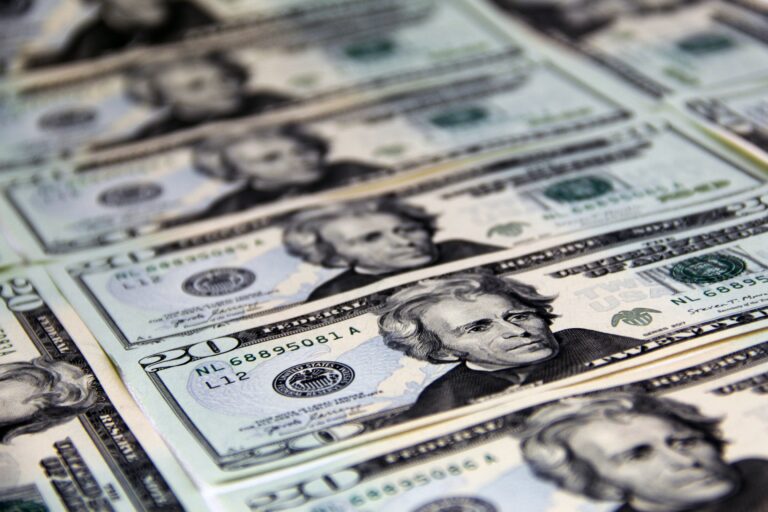
Morning Brief – No-taper tantrum
There are two critical moments in any public body’s response to an economic shock. The first is the initial reaction – how will governing institutions respond initially to reassure the markets and public alike to preserve as much normality as possible. Whilst the sustenance provided by these institutions throughout the course of an economic shock is important, it is of more marginal significance. The second critical moment arrives once the economic threat is receding or even passed, how do you remove support without spooking the market. If the latter of these objectives is not successfully managed it can have the impact of plunging the market into a renewed state of turmoil. The successful withdrawal of stimulus is as critical to financial stability and preserving economic output as the provision of initial support to an ailing market.
Often compared to threading a needle, it is now the prerogative of governments and central banks to identify how they will reel in and eventually withdraw excessive support entirely to allow public finances and balance sheets to consolidate. Often this is an impossible task to withdraw support mechanisms from a market that wants to cling onto its toys like a stubborn toddler. Accordingly, the so-called ‘taper tantrum’ refers to the scenario in which a central bank in particular tapers off monetary support and the market slashes valuations of financial assets in response to the dwindling support. Last week, however, provided something even more concerning – a no-taper tantrum.
Messages from Jay Powell’s Federal Reserve, Andrew Bailey’s Bank of England and Christine Lagarde’s ECB have flooded in and continue to proclaim of downside economic risks and the need to sustain crisis-era monetary policy for longer to allow a smooth exit from the pandemic. This comes against a backdrop of analysts’ forecasts and public sentiment that the economy should recover well later this year following the lifting of lockdown restrictions across the planet as the vaccination rollout reaches critical mass. Concerningly, there is no sign of tapering from central banks and even fiscal bodies remain on the front foot evidenced by Sunak’s anticipated speech tomorrow and Biden’s $1.9tn stimulus programme. This commitment to continued economic and monetary support comes despite the obvious signs of a recovering economy, and even in this environment, the market still convinced itself withdrawal of monetary support was coming. With no taper in sight the US treasury market began selling government debt, decreasing its price and raising the yield on longer dated bonds on Thursday night.
All of these moves were in anticipation of the rising risk of inflation and the corresponding need to raise rates in the future. Inflation in small quantities is seen as the grease on the wheels of the global economy and is why almost every central bank on the planet has a core commitment to maintain price stability but at a positive rate of inflation. However, too much of a good thing and particularly when coming too quickly and unannounced is damaging and underlies the sharp sell off in US treasuries and the spill over into global fixed income markets that took place last week. The move spooked markets that had been enjoying the earlier half of the week amidst a backdrop of warming risk sentiment. The Swiss Franc and Japanese Yen, two defensive safehaven currencies, outperformed as well as the US Dollar as risk rose.
Discussion and Analysis by Charles Porter

Click Here to Subscribe to the SGM-FX Newsletter
Related Insights

Daily Brief – Weren’t Tariffs USD Negative?
Weren’t Tariffs USD Negative? The Dollar proved sensitive to headlines regarding trade during the US overnight session. However, contrary to what many commentaries would have you believe, as the risk of tariffs escalated the Dollar rose. The 90-day pause following Trump’s April ‘liberation day’ tariffs had been set to expire this coming Wednesday. To the […]

Daily Brief – Dollar Reserves
Dollar Reserves With the passing of Trump’s original deadline for the reimposition of liberation day tariffs yesterday, markets have breathed a sigh of relief. July VIX futures continued to slide lower. Moreover, what may surprise anyone who had been expecting the issue of tariffs to resurface following the passing of Trump’s new deadline, so too […]

Daily Brief – Big Girls Don’t Cry
Big Girls Don’t Cry A bond market tantrum and one of the sharpest one day sell offs in Sterling for several years appear to have been catalysed by the Chancellor’s appearance in PMQs yesterday. First: the back story. This Labour government has faced some embarrassment in recent weeks trying to get its welfare bill through […]



 Charles Porter
Charles Porter